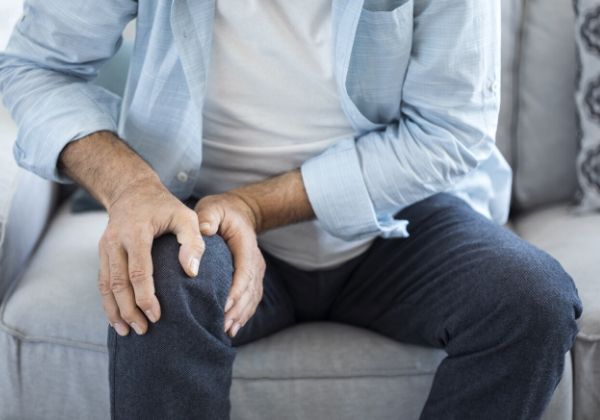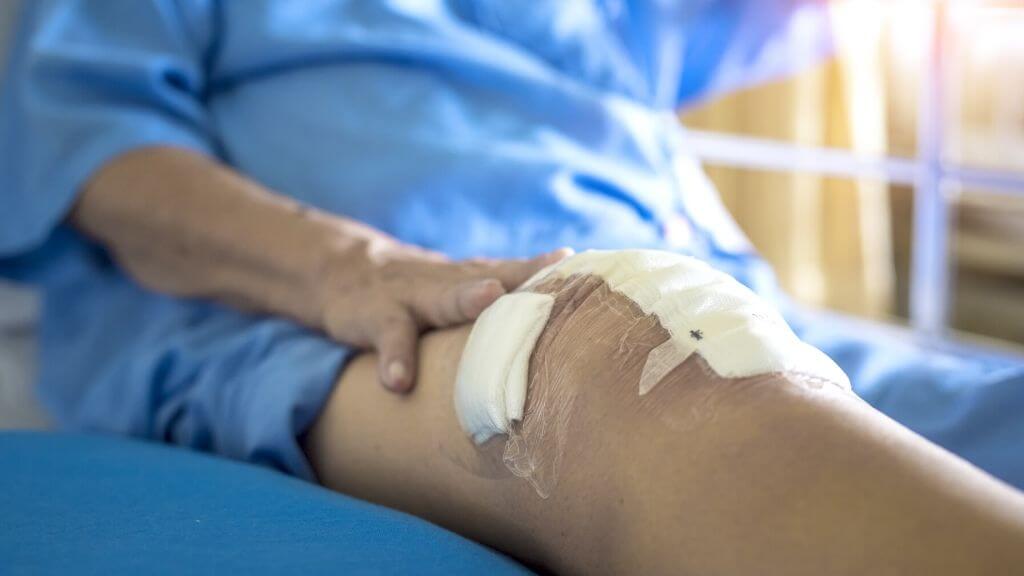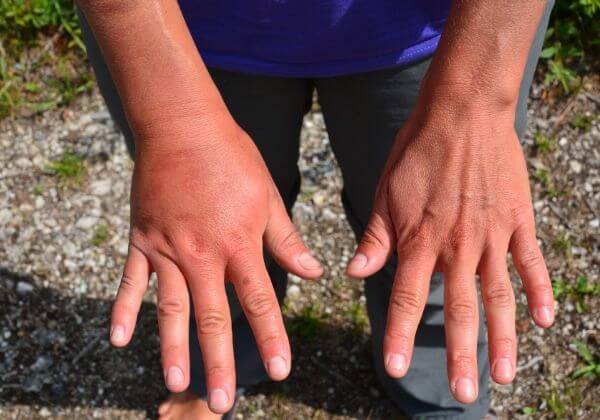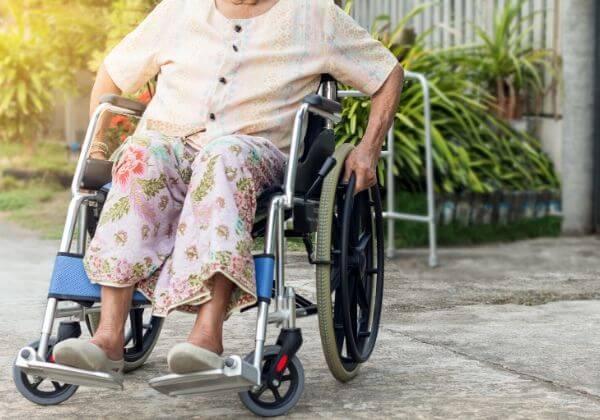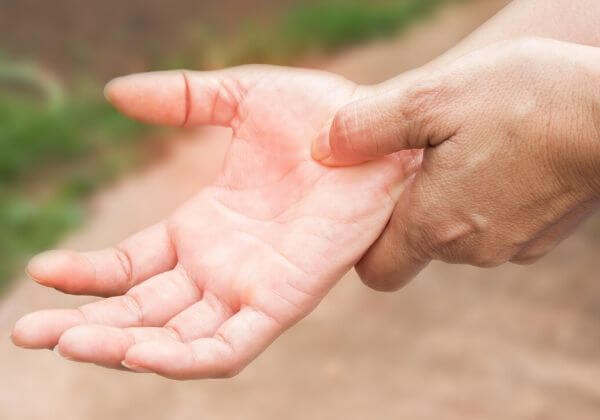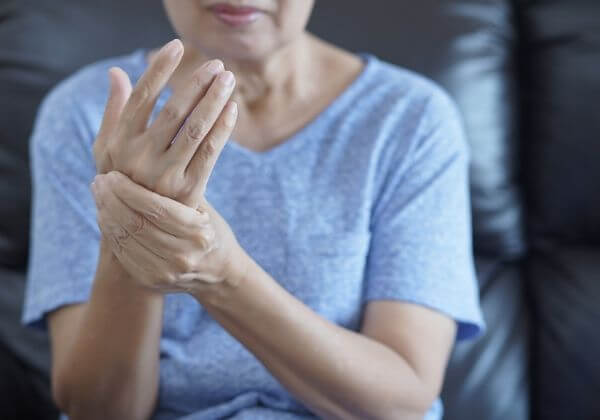Osteoarthritis is the most common and chronic joint condition to date. The ends of your joints are covered with cartilage for protection, and when this breaks down, the bones rub together.
This is osteoarthritis, and the result is pain, inflammation, and stiffness. It is the leading cause of disability in the United States and can occur at any age, although it is more common among the elderly.
It is a degenerative joint disease for which there is no cure, only treatments.
Joint damage that accumulates over time is the cause of osteoarthritis, which is why it is also known as the “wear and tear disease.”
There are additional reasons your joints can become worn down. Injuries causing torn cartilage, dislocations, or ligament tears can also contribute to osteoarthritis. Obesity, poor posture, joint malformation, metabolic diseases, repeated stress to a joint, and family history can also cause the disease too.
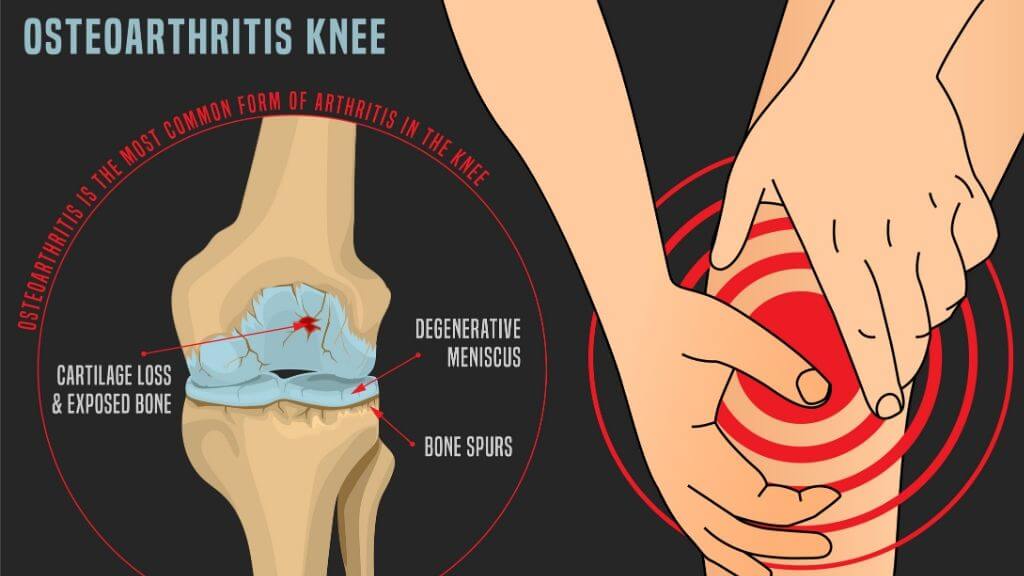
Osteoarthritis can develop in any joint but the most commonly affected areas are hands, fingertips, knees, hips, and spine. Whichever joint is affected, the symptoms are the same:
♦ Joint Pain
♦ Stiffness
♦ Inflammation
♦ Tenderness
♦ Grating sensation (popping or cracking sounds)
♦ Loss of flexibility
♦ Bone spurs (extra bone pieces that form lumps)
The more advanced the disease gets, the more severe the pain will be. Over time you may notice swelling around the affected joint, and your range of motion will significantly decrease too.
Osteoarthritis is a slow-developing disease, so it is difficult to diagnose until the painful and debilitating symptoms show up. Early diagnosis usually occurs as a result of an accident or another incident causes a fracture that needs an x-ray or MRI scan.
Doctors use blood tests to rule out other conditions that can cause joint pain, and joint fluid analysis is useful for ruling out an infection as the cause of inflammation.
Treatment for osteoarthritis depends on the severity of your condition and pain.
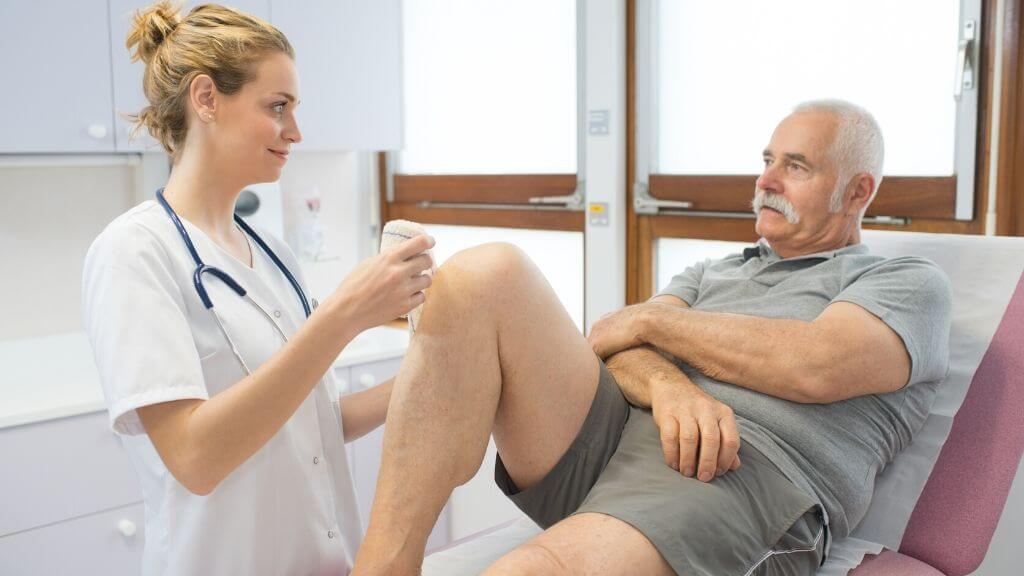
Treatment plans typically involve non-medication therapy and medications. There are a number of medications that can be prescribed, so if one does not work, there are others you can try. Common medications include over the counter NSAIDs as well as topical pain relievers as well as glucosamine or chondroitin supplements.
When these over the counter options do not work, and pain is still severe, your doctor will prescribe stronger medications for relief. Prescription NSAIDs are stronger than the over the counter versions, and you may also get steroid injections. These act directly on the affected joint to reduce inflammation and pain and relief can last for months.
Opioid pain relievers are also prescribed to reduce pain signals in the body and your brain’s reactions to those signals.
There is no special diet that cures osteoarthritis, but by eating smart, you can control your weight, reduce inflammation, and strengthen your cartilage and bones.
♦ Reduce your calorie consumption and shed unwanted pounds, and this reduces pressure on your joints.
♦ Eat smaller portions and cut out sugary and high-fat foods to help keep weight off.
♦ Eat more fruits and vegetables, as they are loaded with antioxidants that protect your joints from damage.
♦ Eat more foods with omega-3 fatty acids like fish, avocados, and nuts, which work to reduce inflammation and prevent morning stiffness.
♦ Get your vitamin D and calcium hydroxyapatite for bone strength and your vitamin C, which helps to build collagen and connective tissue to boost joint strength.
♦ Be sure to avoid alcohol, artificial sweeteners, salt, sugar, refined grains, and processed foods, as these increase inflammation and your risk of obesity.
Natural supplements and therapies can help to alleviate osteoarthritis pains and inflammation.
The best herbal supplements to try include:
♦ Ginger: natural pain reliever
♦ Turmeric: a natural anti-inflammatory agent
♦ Fish oil: natural antioxidant and anti-inflammatory agent
♦ Green tea: a natural antioxidant
♦ Glucosamine: supports the health and strength of cartilage
In addition to natural supplements, you can try therapies at home to relieve pain and discomfort caused by your osteoarthritis. Regular exercise works wonders by helping you to lose weight as well as strengthen bones and muscles.
Joint mobility improves over time, and inflammation decreases with regular physical activity. Start with low-impact exercises such as walking, cycling, or swimming and gradually increase intensity as your strength returns.
You can also try topical ointments and creams to relieve pain as well as alternating hot and cold therapy. Taking a bath in Epsom salts also helps to relieve aches and inflammation.
You also need to make sure you get adequate sleep, as sleep deprivation is linked to inflammation. Be sure to ease pain symptoms with these at-home therapies before bed to ensure you get the rest your joints need.
If the joint damage gets too severe or motion becomes extremely limited, then surgery is an option. These surgeries are designed to relieve pain so that you can move easier.
♦ Arthroscopic surgery: An outpatient procedure, which allows surgeons to repair joints by removing loose cartilage and repairing tears.
♦ Joint replacement surgery: Damaged joints can be replaced with artificial ones, and this is very common with hips and knees.
♦ Joint fusion: Two bones are fused together on each end of a joint, so there essentially is no more joint. This is only an option when severe damage has been done, and replacement will not work. A fused joint is inflexible but stable and can bear weight.
Osteoarthritis can affect any joint in your body, and while the symptoms may be similar, each body part affected has different complications.
OA in Your Hands
Typically the tips of the fingers and the joint connecting the thumb and wrist are affected. Range of movement, trouble moving the fingers, stiffness, and trouble gripping objects are the symptoms of hand osteoarthritis.
OA in Your Hips
This is a degenerative condition but can be treated with medication, exercise, and physical therapy. Steroid injections are used in severe cases and even surgery if necessary.
OA in Your Knees
Age, genetics, and previous knee injuries contribute to knee OA. It is common among athletes and especially those that perform repetitive motions such as playing tennis or running.
Spinal OA
This affects the facets and spinal joints in your lower back and buttocks. Symptoms include stiffness in your back joints, numbness in legs, and reduced range of motion. This type of OA is common in those who are obese and those who have jobs that require squatting or sitting.
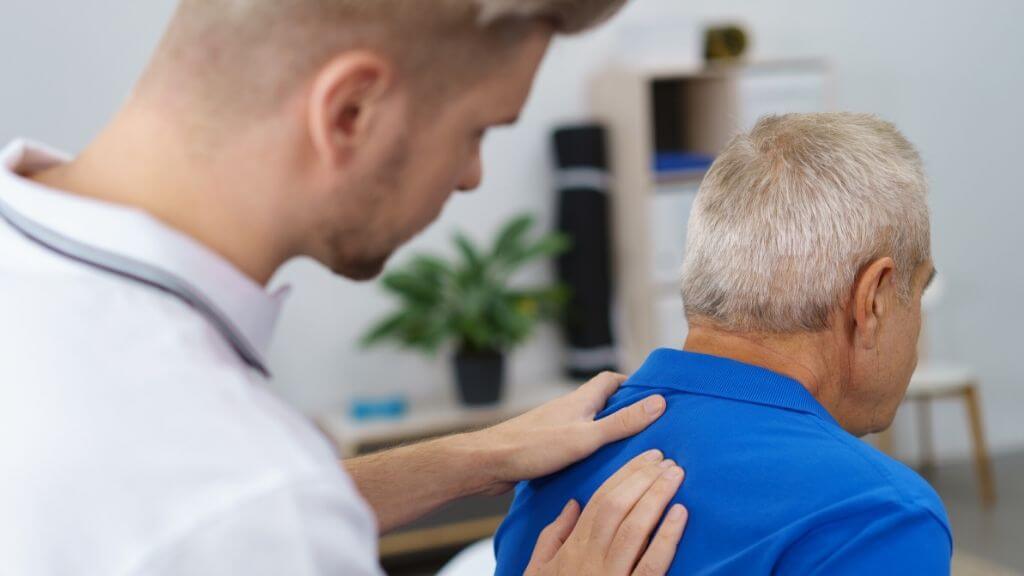
♦ Osteoarthritis is the most common form of arthritis in the United States
♦ Knee OA occurs in 10 percent of women and 13 percent of women over the age of 60
♦ Adults with OA are 2 times more likely to have falls that result in further damage or broken bones
♦ OA is a leading cause of work disability among U.S adults
Osteoarthritis can change your life both physically and financially. Osteoarthritis can impede your ability to work and perform everyday tasks as your joints and muscles become weakened or immobile.
If walking can only be done with the use of assistance or assistive devices, and you are unable to walk distances or use stairs, your condition impairs your ability to work. Beyond this, it can become difficult and challenging to perform daily tasks such as shopping, cleaning, showering, and preparing a meal.
Osteoarthritis is a chronic disease, and there is no cure. With treatment, the outlook is a positive one.
Pay attention to your body and any symptoms that look like they could be osteoarthritis because early diagnosis is essential for successful treatment. The sooner you talk to your doctor, the sooner you can start a treatment plan. This means it will be a quicker road back to your life and improved well-being and happiness.





